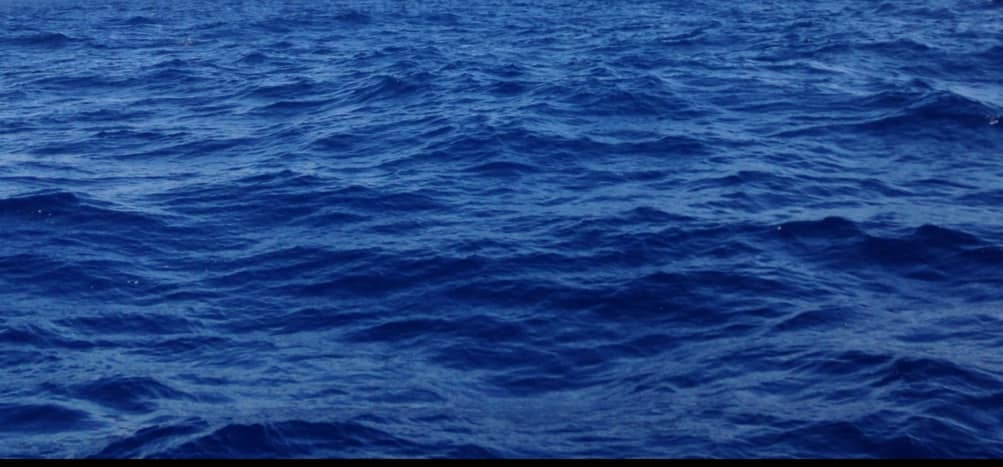Article from the Archives: Majestic Specification File
Majestic was the largest ship in service from 1922 until 1935. The new edition of RMS Majestic: The ‘Magic Stick’ will be published shortly and so it is worth taking a look at her key specifications and statistics. This specification file was published in November 2007 and gives a good idea of the scale of the ship. It illustrates that Majestic carried up to 1,093 crew, including almost eight hundred in the victualling department, who were tasked with looking after the passengers in all three classes. Her oil consumption per day was typically 840 tons (indeed, she burned 4,550 tons of oil during the course of her 189th westbound crossing in January 1935) and her engines developed an average of about 66,000 shaft horsepower. Her gross tonnage (a measure of the ship’s size by the total enclosed space, not weight) was about 22 percent greater than Titanic‘s.

